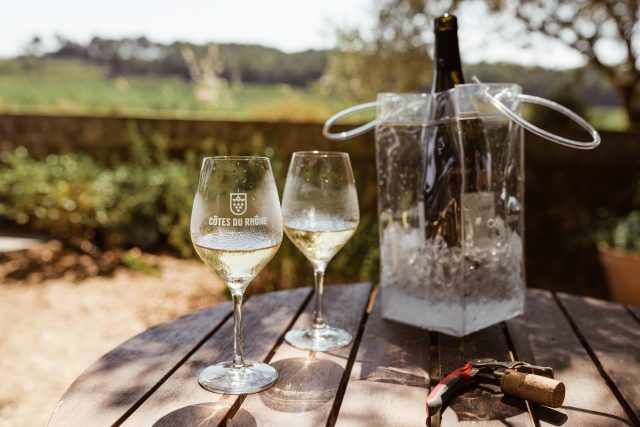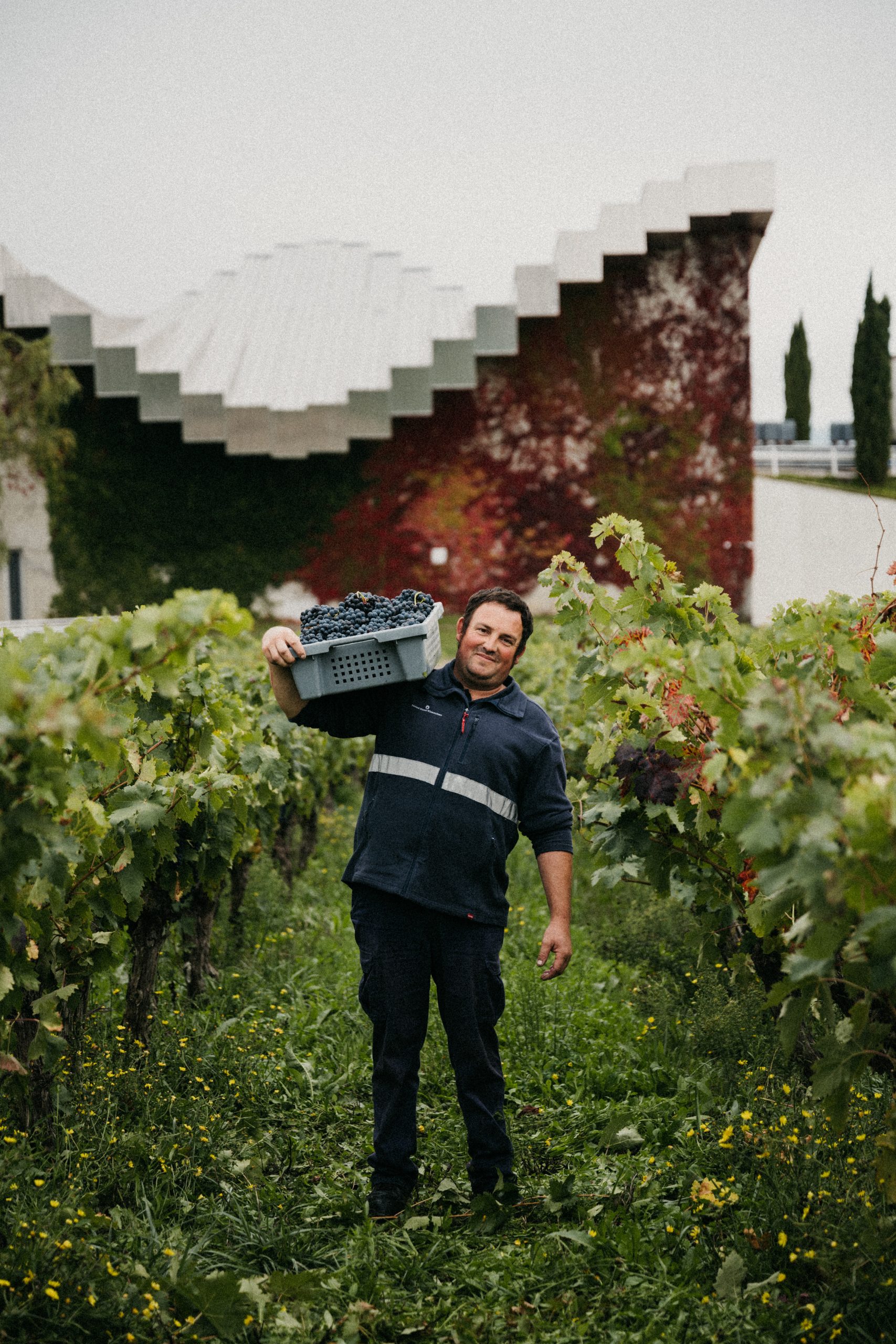White and rosé wines to make up a third of production in the Rhône by 2031
The face of the Rhône is set to change radically over the next decade, with a significant increase in white and rosé wines and the potential arrival of four new varieties.

The decision to increase white and rosé wines was taken at the region’s General Assembly earlier this month and is to be backed up by an almost €3 million marketing campaign. It marks a major shift away from the red-centric approach that has characterised the region’s wine promotion since the millennium.
At present, rosé and white wines make up 14% and 10% respectively of the total production, but generic body Inter Rhône says the plan is to increase the non-red share to a third of all production by 2031.
Whites are a particular focus, with a €2 million budget put aside to promote the region’s blancs worldwide over the next four years. A further €0.8 million has been put aside for rosés over the same period.
According to Inter Rhône’s president, Philippe Pellaton, the plan is to increase white wine production from 260,000hl to 300,000 hl (380,000hl including sparkling wines) and rosés from 357,000hl to 467,000hl in the next ten years.
The growth in whites is to be achieved in the first instance by improving viticultural knowledge, to allow growers to attain the maximum permitted yields. In 2021, for instance, Côtes du Rhône permitted yields of 51hl/ha, but actual yields were only 41hl/ha.
Partner Content
Sources in the valley admit that climate change might make yield increases harder, but point out that on the plus side they have a large range of permitted varieties to play with. Picpoul and Bourboulenc are deemed particularly good in the hotter, drier conditions and sources in the region say we can expect to see more of these.
But the region also has four new varieties under consideration – three white and one red. Currently, these are only permitted for use “within an experimental framework” and limited to 10% of the blend. But these experiments should be completed in ten years, after which successful varieties could be added to the cahier de charge (roster of permitted grapes).
Floreal is a highly disease resistant hybrid white, while Carignan Blanc and Rolle (Vermentino) have proven their ability to tolerate drought in other hot regions of France. Vidoc is a tannic, rot-resistant hybrid red variety.
“[These developments] are about diversification,” said Inter Rhône’s Julie Coutton-Siadou. “Trying to show what our winemakers can do.”
Related news
The Castel Group rocked by Succession-style family rift




